Hands-On with the Fujifilm GFX 100S II: Medium Format for the Masses
The first Fujifilm GFX 100S had my favorite form factor of any GFX camera due to its take-anywhere size. I loved the smaller body design of the latest GFX 100 II, and of course all the improvements to autofocus and film simulation modes as well as an emphasis on faster shooting and video. But it was only a matter of time before the latest improvements transferred over to the GFX 100S line and the wait is now over.
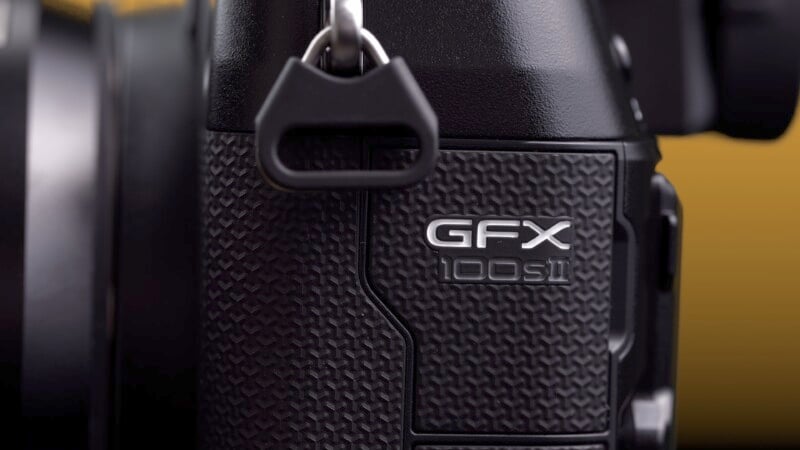
The brand new Fujifilm GFX 100S II is on its way and I got a quick peek at a pre-production model to test out the changes. My immediate thought was how familiar the new GFX 100S II feels to the older one; the bodies are almost identical. Thankfully, there were some substantial improvements on the inside.
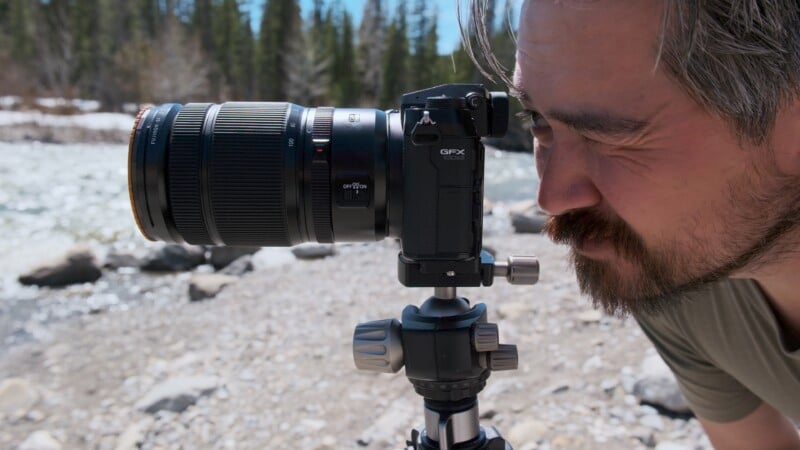
Same Great Body, But What’s Under the Hood?
I don’t mind the lack of changes to the chassis of the GFX 100S II. It was always a nice-handling camera and the one change to the rubber outer housing matches the aesthetic of the GFX 100 II. I like the way the new rubber texture feels and all the controls are easy to manipulate.
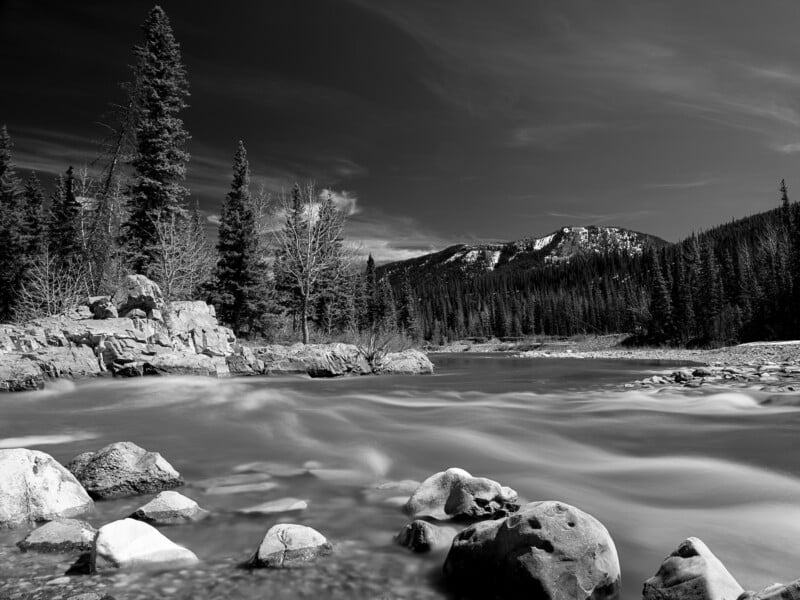
The body is reasonably well sealed against the weather and has twin UHS-II SD card slots. There is also a mic jack, headphone jack, and USB charging port. If you want to hook up flashes the old-fashioned way, a PC sync port is present too.
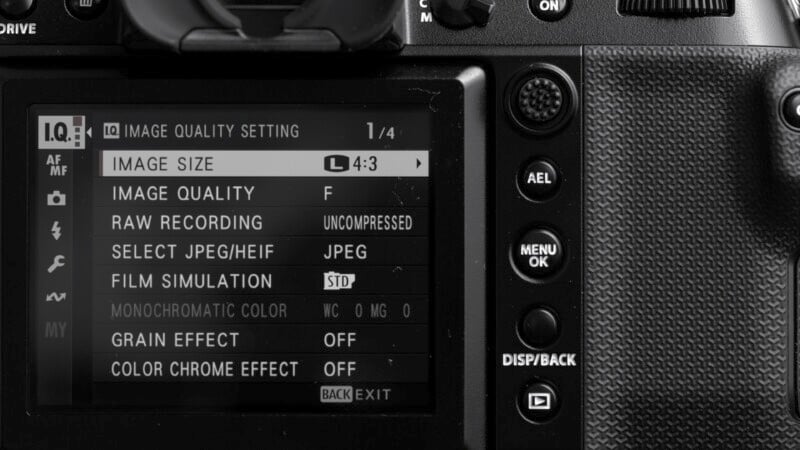
The control dials are easy to use and the camera has enough customization to please most users. I still wish the AF joystick was a little easier to navigate menus with but that’s more a matter of practice than faulty design. The top LCD panel is still present to show camera settings, histogram, or a digital representation of shutter and aperture dials. I still constantly notice the always-on top panel and assume I left the camera on, which drives me crazy, but that’s again a personal thing and not a knock against Fujifilm’s choice.

At the heart of the camera we have what Fujifilm claims is a new 100-megapixel design, but what I imagine is a similar sensor to what we’ve seen before with some design tweaks. Fujifilm has told us that image quality and read-out speed will be essentially identical to what we have seen in the GFX 100 II, for example. 16-bit files are still present when shooting single frames at a time and the 14-bit files will have plenty of information to work with if you need continuous bursts. We want to test out whether the bit rate drops to 12-bits at the fastest shooting rates when we have a final production camera.

The Really Important Changes
There are some substantial upgrades that I’m very excited to see starting with the new displays. The rear LCD is a respectable 2.36-million dot back panel with full articulation but the real boost is the new 5.76-million dot EVF which I find far more useful for evaluating the detail of my 100-megapixel images.
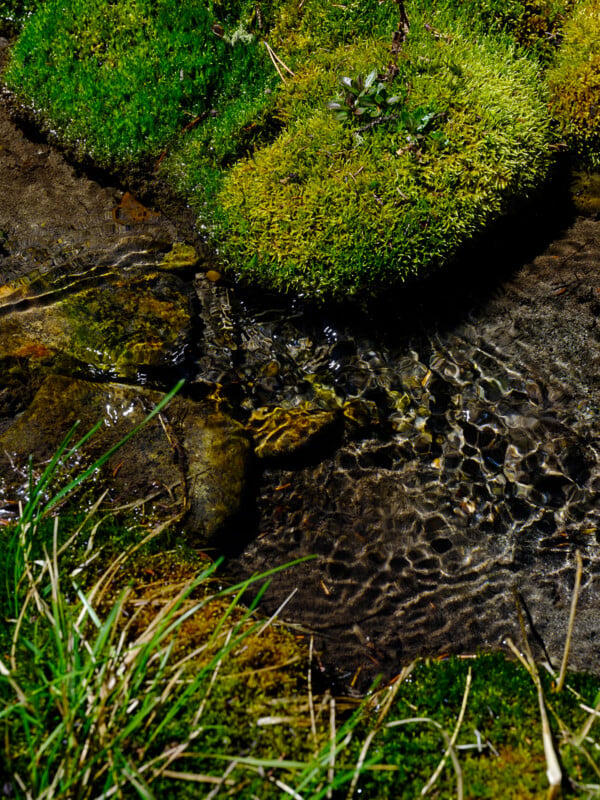
There is also a nice upgrade to the built-in IBIS stabilization system which is rated for an effective 8 stops of control. The shooting rate has also been brought up to 7 frames per second which brings it very close to the capabilities of the GFX 100 II. The buffer won’t compete with the GFX 100 II, however, due largely to the lack of a fast CFexpress interface and this is an area we will test in our full review.
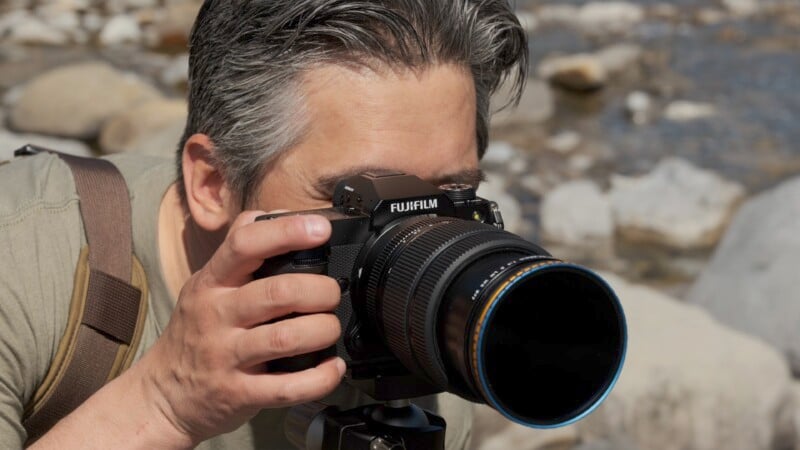
Because we have a similar sensor we also get similar autofocusing performance to the GFX 100 II. Fujifilm has come a long way in improving its face and eye detect AF and the GFX 100S II is accurate and tracks objects across the frame reliably. Taking portraits with a 500mm lens should be a difficult challenge but the GFX100S II hit the eye properly every time.

Movie Mode Takes a Back Seat to Photography
Fujifilm is pushing its GFX cameras to be versatile tools not only for photography but for videography as well. The GFX 100 II proved itself to be a hybrid medium-format camera of sorts but the GFX 100S II holds back a little bit in the video department. The main limitation is going to be a cap of 4K at 30 frames per second. If you want anamorphic support or 8K modes you’ll have to look at the GFX 100 II as they’re not present here.
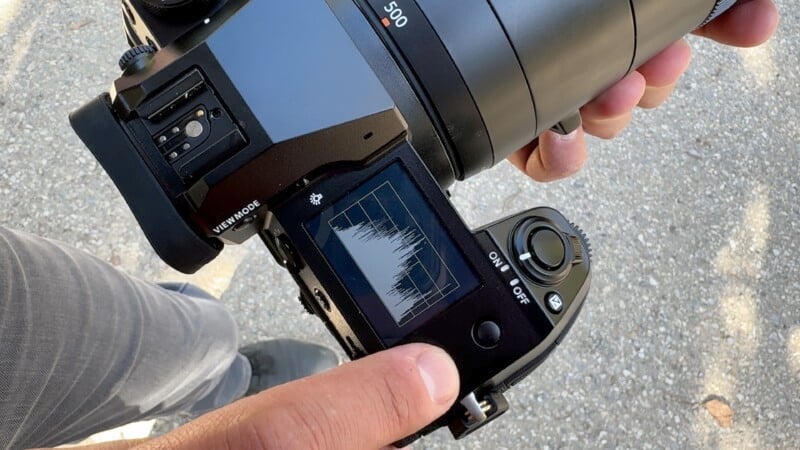
You can record 10-bit 4:2:2 video in either H.264 or H.265 modes and the GFX100S II does have waveforms to assist with proper video exposure. Additionally, you can record ProRes to an attached SSD or send RAW video to an external recorder. As such, the GFX 100S II can certainly be pressed into service for the occasional video project but the emphasis is definitively photography-based.
Probably The Best Medium Format Camera for Most People
You can look at the GFX 100S II as a simple upgrade from the GFX 100S with better autofocus, better IBIS, and improved displays, but I think the new changes are substantial enough that the GFX 100S II becomes a more compelling product against the more expensive GFX 100 II. Unless you need the better video capabilities or the fastest possible burst rates, the GFX 100S II gives the same image quality, and stability, and still shoots quickly enough for most people. It’s also lighter and more compact with a form factor that I prefer when traveling around.
The GFX 100S II is going to make more practical sense as a medium-format camera to far more people than any other option out there.